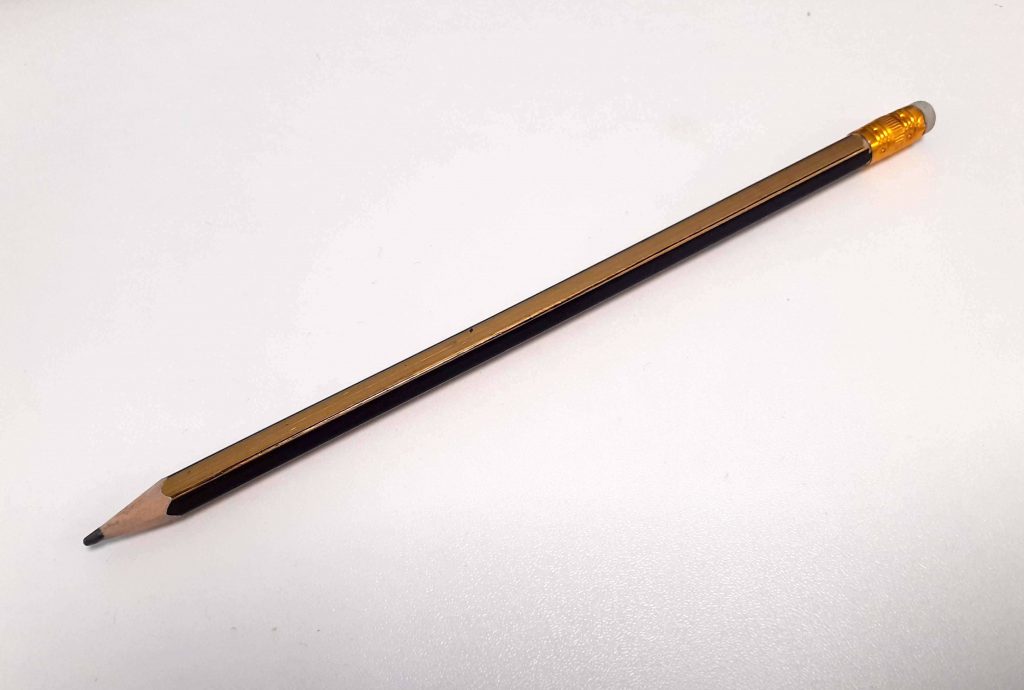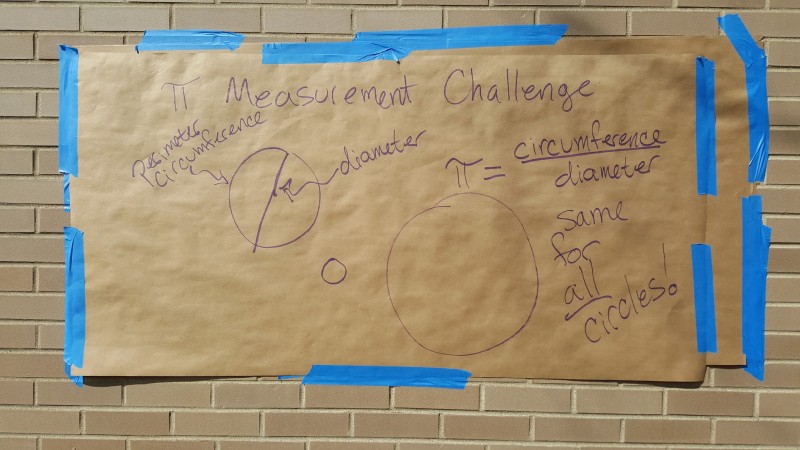
A conversation about the mathematics of chemistry inspired by a pencil, plus a chat about approximation. Presented by Katie Steckles and Peter Rowlett.

Podcast: Play in new window | Download
Subscribe: RSS | List of episodes

A conversation about the mathematics of chemistry inspired by a pencil, plus a chat about approximation. Presented by Katie Steckles and Peter Rowlett.

Podcast: Play in new window | Download
Subscribe: RSS | List of episodes
I gave a talk on Fermi problems and a method for approaching them using the approximate geometric mean at the Maths Jam gathering in 2017. This post is a write up of that talk with some extras added in from useful discussion afterwards.

Enrico Fermi apparently had a knack for making rough estimates with very little data. Fermi problems are problems which ask for estimations for which very little data is available. Some standard Fermi problems:
Hopefully you get the idea. These are problems for which little data is available, but for which intelligent guesses can be made. I have used problems of this type with students as an exercise in estimation and making assumptions. Inspired by a tweet from Alison Kiddle, I have set these up as a comparison of which is bigger from two unknowable things. Are there more cats in Sheffield or train carriages passing through Sheffield station every day? That sort of thing.

Friends of the Aperiodical, nerd-comedy troupe Festival of the Spoken Nerd, are currently on tour around the UK. As part of their show, questionably titled You Can’t Polish a Nerd, Matt Parker attempts to calculate the value of $\pi$ using only a length of string and some meat encased in pastry. He’s previously done this on YouTube, and the idea was inspired by the Aperiodical’s 2015 Pi Approximation Challenge, and in particular my own attempt to approximate $\pi$ with a (more conventional) pendulum.

Ohio State University mathematician Niles Johnson got in touch on Friday to tell us that our π Approximation Challenge last year had inspired him to hatch an audacious plan to measure a really big π.
The word ‘geometry’ is derived from the Greek for ‘measurement of land’, and Dr. Johnson took that quite literally: he wanted to measure the Great Circle Earthworks in Heath, Ohio; a part of the Newark Earthworks (not their original name) built over 2,000 years ago.
In the excellent $\pi$ approximation video, Katie Steckles asked for $\pi$ approximations. I teach a first year techniques module (mostly calculus and a little complex numbers and linear algebra). This year I have changed a few bits in my module; in particular I gave some of my more numerical topics to the numerical methods module and took in return some of the more analytic bits from that module. This gives both modules greater coherence, but it means I have lost one of my favourite examples, from the Taylor series topic, which uses a Maclaurin series to approximate $\pi$.
As part of our massive π day celebrations, The Aperiodical has challenged me with the task of assembling a group of mathematicians, some bits of cardboard and string, and a video camera, and attempting to determine the exact value of π, for your entertainment.
The challenge, which was to be completed without a calculator, involved using known mathematical formulae for π and its occurrence in the equations of certain physical systems. In the video below, seven different methods are used – some more effective than others…
If you reckon you too can ineptly compute a value in the region of π (in particular, if you can get a more accurate approximation than the date of π day itself, which gives 3.1415), feel free to join in the challenge and see how close you get.

π pie by Robert Couse-Baker. Photo used under the CC-BY 2.0 licence.
‘Tis the season to celebrate the circle constant! ((Pedants would have me revise that to “a circle constant”.)) Yes, that’s right: in some calendar systems using some date notation, the day and month coincide with the first three digits of π, and mathematicians all over the world are celebrating with thematic baked goods and the wearing of irrational t-shirts.
And the internet’s maths cohort isn’t far behind. Here’s a round-up (geddit – round?!) of some of our favourites. In case you were wondering, we at The Aperiodical hadn’t forgotten about π day – we’re just saving ourselves for next year, when we’ll celebrate the magnificent “3.14.15”, which will for once be more accurate to the value of π than π approximation day on 22/7. (Admittedly, for the last few years, 3.14.14 and so on have strictly been closer to π than 22/7. But this will be the first time you can include the year and feel like you’re doing it right.)